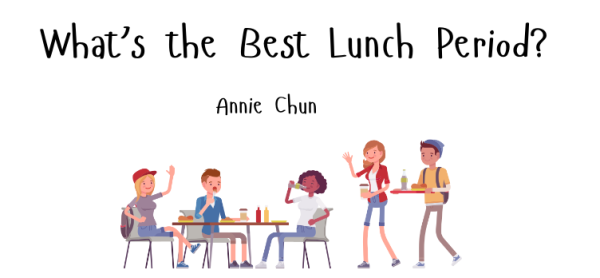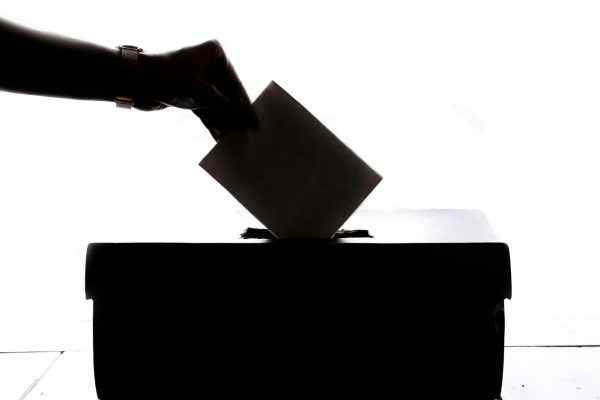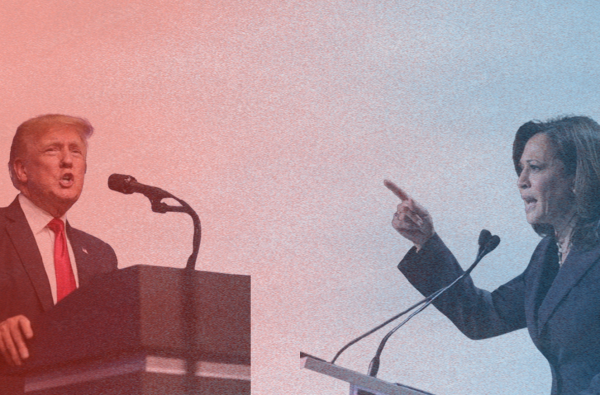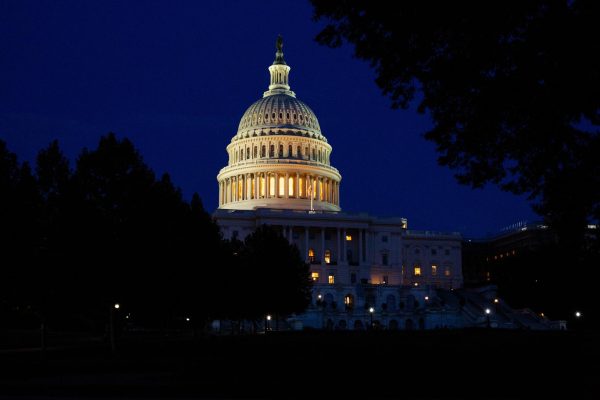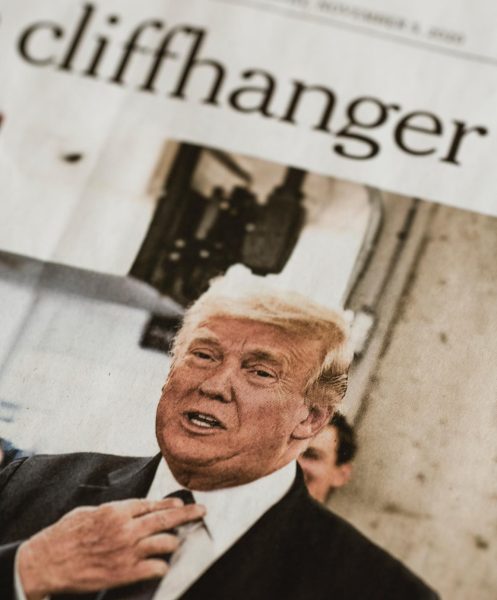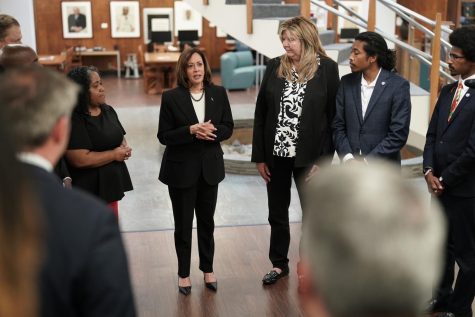(Green New) Deal or no deal?
The latest climate change legislation and how it is more than just a movement.
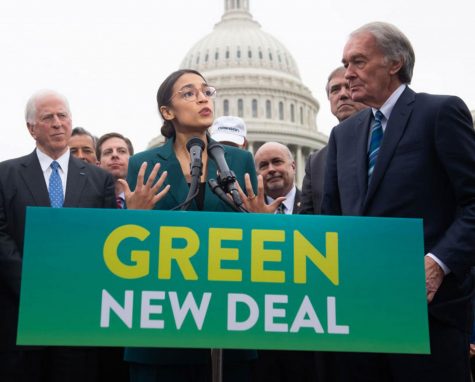
Reminiscent of Franklin D. Roosevelt’s New Deal program to help Americans find opportunities during the Great Depression in the 1930s, the Green New Deal promises to transform the economy and launch America into an era of progressive reform. Bill Nye recently pledged his support for the program, legislators have introduced a resolution on the plan in the House of Representatives, and the program has triggered a youth-led revolution – but what is the Green New Deal?
The term Green New Deal refers to an extensive program that involves a series of investments to create clean energy jobs and green infrastructure. In theory, the program would revolutionize both the energy and labor sectors while stimulating the economy. The name was coined after Roosevelt’s New Deal, which had a similar goal of revitalizing the economy and creating new jobs through public work projects. However, the Green New Deal differs from its predecessor in that it merges labor and economic reform with green energy, hence the name “Green” New Deal.
The Green New Deal serves to decarbonize the economy by targeting fossil fuel corporations, while simultaneously improving working conditions for the labor sector. Unbeknownst to many, the fossil fuel industry actually props up structural oppression and exploits marginalized communities, subjecting them to low wages and exposure to toxic pollutants. The Green New Deal aims to solve these problems by upgrading infrastructure and energy systems to create sustainable jobs and increase worker wages.
New York Representative Alexandria Ocasio Cortez is one of the program’s biggest supporters, and recently proposed a resolution on the Green New Deal in the House in February, sparking immediate backlash from Republicans and moderate Democrats. Among their top concerns are the price that would come with implementation and the government control over private corporate decisions. A free market has long been a pillar of democratic society in America, and the Green New Deal would challenge its supremacy.
At its core, the Green New Deal is the product of democratic-socialism. More than simply the latest climate change movement, it hopes to curb capitalism and its overflowing societal harms – inequality and the concentration of power and money in a small group of fossil fuel corporations. The Green New Deal balances politics and the economy while shifting society away from private enterprise and toward a public mindset.
Most people recoil when democracy and socialism are placed next to one another in the same sentence, but a drastic endeavor that attempts to fuse economic reform with climate reform may call for equally drastic syntax and legislation. Today’s generation stands at a pivotal moment in time. The generation today may be known as the last one to ever remember Earth’s true beauty, or it can be remembered as the one that preserved Earth’s beauty for future generations, and perhaps democratic-socialism is not the worst thing that could happen to America.

Hi! My name is Wendy Gao, and I am a senior. I have been part of the Oakton Outlook for the past three years, and it has become a significant part of my...



